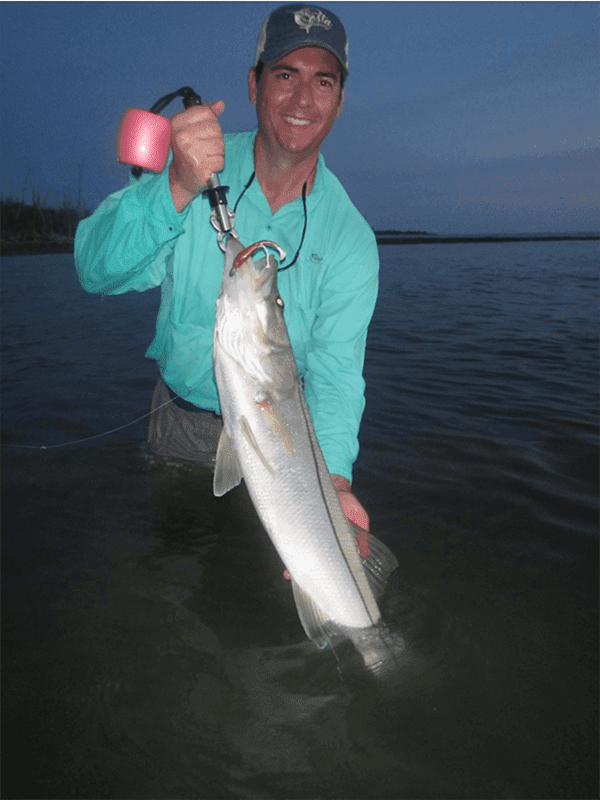
This sort of feedback is essential, otherwise we are acting in the dark. At the debrief after the action, we review this information again as we discuss what we learned that we might apply to future actions, and how we might use these insights to become better activists. Based on this information we tweak the second half of the action. People usually want a break anyway, and as we have a snack and a drink, we hear the feedback from the observers and the interviewers. As the action takes place, the observers stand back and watch the crowd: who stops and who doesn’t? At what point do they smile, frown, talk to their friends or take pictures? When do they walk away? Meanwhile, interviewers approach people to ask a few questions: Why did they stop? Or, Why didn’t they stop? Do they understand what is going on? What do they think or feel about what is going on? Do they plan on doing anything as a result? We then stop the action halfway through. When we stage practice actions in our trainings, we assign participants not directly engaged in the intervention to be observers and interviewers. Some of this uncertainty is endemic to the nature of public activism, but you can increase your luck by increasing the amount of sensory feedback you receive. The standard setup is usually 20- to 25-pound test line and a 4- to 8-foot leader. Your message might reach the right people, get some media coverage, have an impact - you might hook a big one - but it’ll be more luck than anything else. Trolling is a great way to catch sockeye, kokanee or other salmon in lakes, but it’s also a technique used to catch anadromous salmon, especially in large rivers. You go out and do your action and hope for the best. A master fisher would likely disagree with me, and in time my other senses will likely get sharper and with practice I’ll be able to better gauge how far I’ve cast and distinguish stripers from seals, but for now, for me, fishing in the dark means I am fishing blind.Īctivism can sometimes seem like fishing in the dark. You rely much more upon feel and even hearing when you can’t see a fish hit your plug, but there’s been a few times when I mistook the curiosity of a passing seal for the hit of a monster striped bass (luckily seals are smarter than fish and don’t seem to ever get hooked). All of this sensory feedback is absent when fishing at night. When I cast out I like to see where the lure lands: did fall short of the mark? did it go wide? When I reel in I like to see the action of my lure in the water: is it bobbing or diving? And when I snarl my line I like to be able to see the knot so that I can pick it apart with my fingernails and get back to fishing. I never realized how much I rely upon my vision until I started fishing at night.

Fishing in the dark can yield a lot of fish it is also really difficult. The best surf fishing, for example, usually starts at dusk and stretches into the night.


 0 kommentar(er)
0 kommentar(er)
